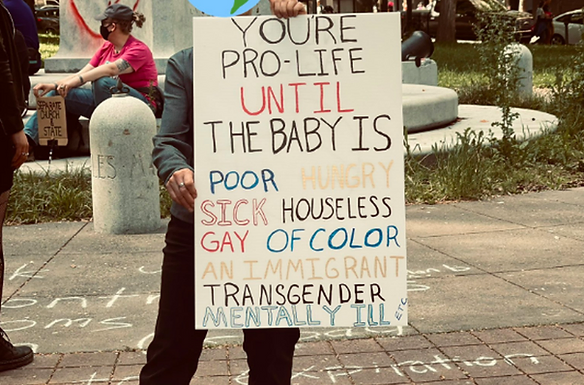
Why You Should Be Watching Videos in 480p

It seems that ever since the covid pandemic, video streaming platforms such as Netflix and Hulu have entered their glory age. With the shutdown of cinemas and cancellation of most cultural events, most of us shifted our focus to video-streaming platforms. But have we ever stopped for once and thought about the impact binge-watching might have on our planet?
To be honest, I haven’t. That was until I saw my Youtube app update itself and came with a new addition which suddenly didn’t allow me to set a specific resolution as quickly as it used to. This inconvenience lit a spark in me to research why a big company might decide on updating their app in the worst way, so I went up to my old friend Google to find out why.
I was shocked to find out that the reasoning behind this strategy was to encourage people to watch in lower resolution because of the massive carbon emissions that video streaming caused on a bigger scale. Save On Energy did some calculating to find estimates of the amount of CO2 emitted into the atmosphere just by watching some Netflix originals. Season 3 of Stranger Things had 64 million views, which alone resulted in the emission of 189 million kilograms of CO2. To visualize how large an emission this is, we can say that it is almost equivalent to driving 675 million kilometers with a car. Squid Game had 142 million viewers! It’s up to you if you’d like to do the math for the emissions caused by it.
At first, I found it too hard to believe that me, sitting at home in my pajamas, binge-watching a TV show, had this much impact on our planet, which is why we should also look at what happens in the background when we stream videos. To put it simply, every piece of data we have on the internet is stored on mega computers somewhere around the world, called servers. These massive computers need to be cooled down, especially in the hot air of summer. Most of the time, the energy to run these computers and the cooling systems come from fossil fuels, which emit considerable amounts of CO2 to the atmosphere.
Now that we know how this works, let’s move on to what we can do to help lessen this effect. According to the researchers at the Royal Society in the UK, HD videos emit eight times more CO2 into the atmosphere than SD videos do. We can set our phones and computers to stream in lower resolution, and this alone would make a huge difference. My other advice can be to download or get physical copies (such as DVD or BluRay) of movies or music that we love to stream instead of streaming it online every single time! Buying copies would also help support the creators of our favorite pieces of media more directly instead of supporting big monopolies like Netflix. We should also keep demanding environmentally friendly solutions (such as solar energy) from these huge corporations to let them know we know what goes on behind the scenes.
I know that you may think that a person’s impact can only change so little; this is why I am here to encourage you how I made all my video settings to low quality as default and downloaded 2 GBs of music on my phone to avoid streaming them online every day. I choose to believe that everything we do for our environment and future counts, and I’d like to encourage you all to share this article with the people you care about and invite them to implement these small changes in their lives as well so we can reduce our overall carbon footprint together.
Save on Energy. (n.d.). Does online video streaming harm the environment? | saveonenergy.com. Retrieved November 20, 2021, from https://www.saveonenergy.com/uk/does-online-video-streaming-harm-the-environment/
Rushe, D. (2021, October 19). 142m households watched Squid Game, Netflix says as it adds 4.4m subscribers. The Guardian. https://www.theguardian.com/media/2021/oct/19/netflix-quarterly-results-subscribers-squid-game#:%7E:text=1%20month%20old-,142m%20households%20watched%20Squid%20Game%2C%20Netflix%20says,it%20adds%204.4m%20subscribers&text=A%20%E2%80%9Cmind-boggling%E2%80%9D%20142m,streaming%20company%20said%20on%20Tuesday.
Mavrokefalidis, D. (2020, December 3). HD video streaming on phone “creates eight times more emissions than SD.” Energy Live News. Retrieved November 20, 2021, from https://www.energylivenews.com/2020/12/03/hd-video-streaming-on-phone-creates-eight-times-more-emissions-than-sd/




